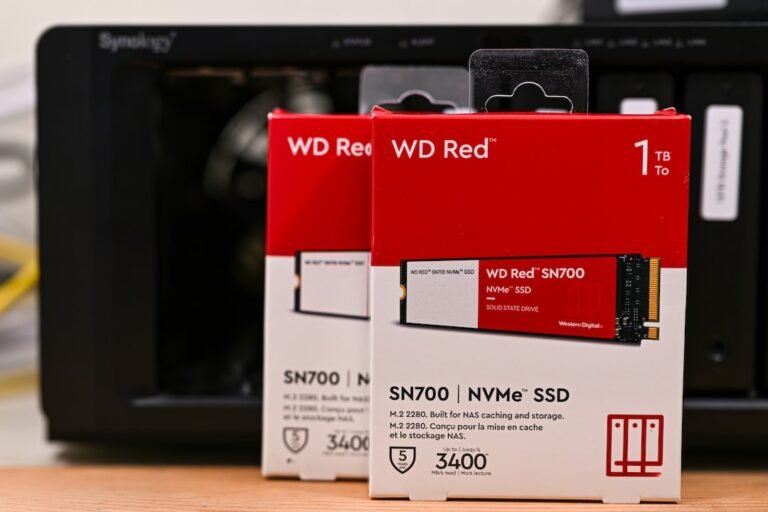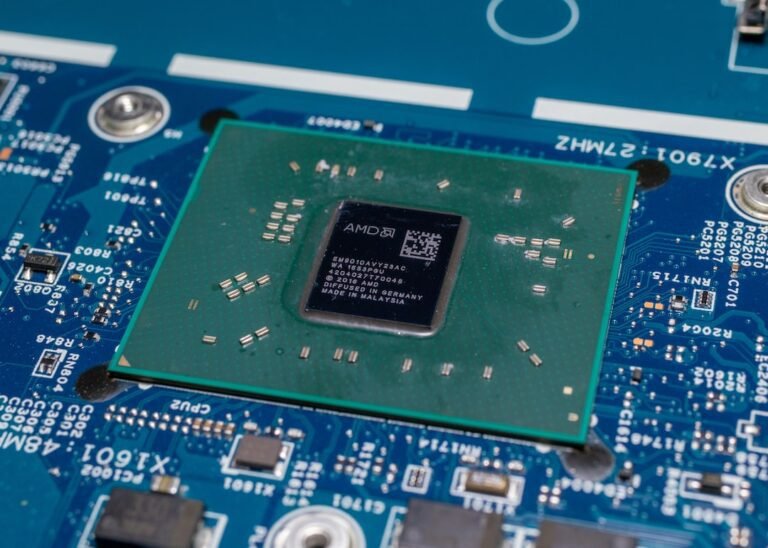Introduction
Are you tired of experiencing slow or unstable internet connections? Do you find yourself frequently unable to connect to the internet from your wired devices? If so, you’re in the right place! In this article, we will explore the intricacies of troubleshooting wired network connections to help you achieve a stable and reliable network.
Wired network connections offer many benefits, such as faster speeds and increased security compared to wireless connections. However, they can still encounter issues that disrupt your online activities. From initial setup to troubleshooting common problems, we’ll cover it all to ensure your wired network connection is running smoothly.
So, grab a cup of coffee, sit back, and let’s dive into the world of troubleshooting wired network connections!
Troubleshooting Wired Network Connections
Checking Physical Connections
When facing network issues, always start with the basics. Check all the physical connections to ensure they are secure and properly plugged in. Here’s what you should do:
Inspect Ethernet Cables: Check that your Ethernet cables are undamaged and securely connected to both your device and the router. Sometimes, cables may become loose or damaged, leading to connectivity issues.
Power Cycle Your Devices: Turn off your computer, modem, and router, and wait for a few minutes before turning them back on. Power cycling can often resolve temporary network glitches.
Reset Your Router: If the power cycle doesn’t work, try resetting your router. Look for a small reset button on the back or bottom of the device and press it using a paperclip for around 10 seconds. Be aware that this will reset any customized settings, so make sure to reconfigure your router afterward.
Verifying Network Settings
After ensuring your physical connections are intact, it’s important to check your network settings. Here are some steps to follow:
Check IP Address Configuration: Ensure that your device is properly connected to the network and is obtaining the correct IP address. To do this, go to your device’s network settings and select DHCP (Dynamic Host Configuration Protocol) to automatically obtain an IP address.
Confirm DNS Settings: DNS (Domain Name System) translates web addresses into IP addresses. If your DNS settings are incorrect or misconfigured, it can lead to network issues. Ensure that your DNS settings are set to “Obtain DNS server address automatically” or manually set them to a reliable DNS server like Google DNS or OpenDNS.
Disable and Enable Network Adapter: In some cases, disabling and enabling your network adapter can resolve connectivity problems. Go to your device’s network settings, locate the network adapter, and disable it. Wait for a few seconds, then enable it again.
Updating Network Drivers
Outdated or corrupt network drivers can often cause network connectivity issues. Follow these steps to update your network drivers:
Identify the Network Adapter Model: Open Device Manager on your computer and expand the “Network adapters” section. Note down the name and model of your network adapter.
Download and Install the Latest Drivers: Visit the website of your network adapter’s manufacturer or your computer’s manufacturer and search for the latest drivers for your specific network adapter model. Download and install the drivers, following the provided instructions. This should fix any driver-related issues.
Checking Firewall Settings
Firewalls are essential for protecting your network from unauthorized access, but they can sometimes block legitimate network traffic. Here’s what you can do:
Temporarily Disable Firewall: Disable your firewall temporarily to check if it is causing the network connectivity issue. If the problem is resolved after disabling the firewall, you may need to adjust the settings or add exceptions to allow the necessary network traffic.
Configure Firewall Rules: If you determine that your firewall is causing the issue, configure the rules to allow the specific ports and protocols required for your applications and services to function properly. Consult your firewall’s documentation or contact your network administrator for guidance.
Further Troubleshooting
If the previous steps did not resolve your wired network connection issues, there are a few more troubleshooting steps you can try:
Check Router Configuration: Access your router’s configuration page through a web browser and ensure that the settings are configured correctly. This includes verifying the Wi-Fi password, DHCP settings, and firmware updates. You can find detailed instructions in the router’s user manual or on the manufacturer’s website.
Scan for Malware or Viruses: Run a thorough scan of your computer using reliable antivirus or anti-malware software. Malicious software can interfere with your network connectivity, so it’s important to keep your devices clean and protected.
Contact Your Internet Service Provider (ISP): If all else fails, reaching out to your ISP’s technical support can be the next step. They can assist you in troubleshooting and diagnosing complex network issues that may require their expertise.
Conclusion
By following these troubleshooting steps, you can resolve wired network connection issues and enjoy a stable and reliable internet experience. Starting with physical connections, verifying network settings, updating drivers, and checking firewall configurations are important steps in resolving common network problems. Remember to consult your router’s manual or contact your ISP for specific guidance tailored to your network setup.
Network connectivity issues can be frustrating, but with a systematic approach, you can overcome them and enjoy uninterrupted online activities.
FAQ
| Question | Answer |
|---|---|
| What is a wired network connection? | A wired network connection refers to the use of physical cables, such as Ethernet cables, to connect devices to a network. This type of connection offers a more stable and faster internet connection compared to wireless connections. |
| How do I set up a home wired network? | Setting up a home wired network involves connecting your devices to a router using Ethernet cables. You may also need to configure network settings on each device to ensure proper connectivity. For a detailed guide on home network setup, check out our Home Network Setup article. |
| How can I troubleshoot my router? | If you’re experiencing issues with your router, such as intermittent connectivity or slow speeds, you can troubleshoot it by following our comprehensive Router Troubleshooting guide. It covers common router problems and provides solutions to help you resolve them. |
| How do I resolve network connection issues? | Network connection issues can be resolved by checking your physical connections, verifying network settings, updating drivers, and troubleshooting firewall settings. Follow the steps outlined in this article to diagnose and fix common network problems. |
Further Reading
For more information on networking topics and related resources, check out the following websites:
Wireless Router Security: Protecting Your Network: Discover tips and best practices to secure your wireless router and protect your network from unauthorized access.
The Ultimate Gaming Router Buying Guide: If you’re a gaming enthusiast, this guide will help you choose the best router for seamless online gaming performance.
Mesh Wi-Fi Systems: Enhancing Your Home Network: Learn about mesh Wi-Fi systems and how they can improve the coverage and performance of your home network.
5G Routers for High-Speed Internet Connectivity: Explore the benefits of 5G routers and how they can provide lightning-fast internet speeds for your wired and wireless devices.
Parental Control Routers: Safeguarding Your Family: Discover how parental control routers can help you manage and monitor your children’s internet usage, ensuring a safe online environment.
Open Source Router Firmware: Advantages and Options: Find out the benefits and options for open-source router firmware, which allows you to customize and optimize your router’s performance.
VPN Router Security: Protecting Your Privacy: Explore the importance of using a VPN router to secure your internet connection and protect your online privacy.
Smart Home Integration with Your Network: Learn about integrating your smart home devices with your network and how to ensure seamless connectivity.
Fiber Internet Routers: Maximizing Fiber Optic Speeds: Discover the benefits of fiber internet routers and how they can help you achieve the maximum speeds offered by fiber optic internet connections.




